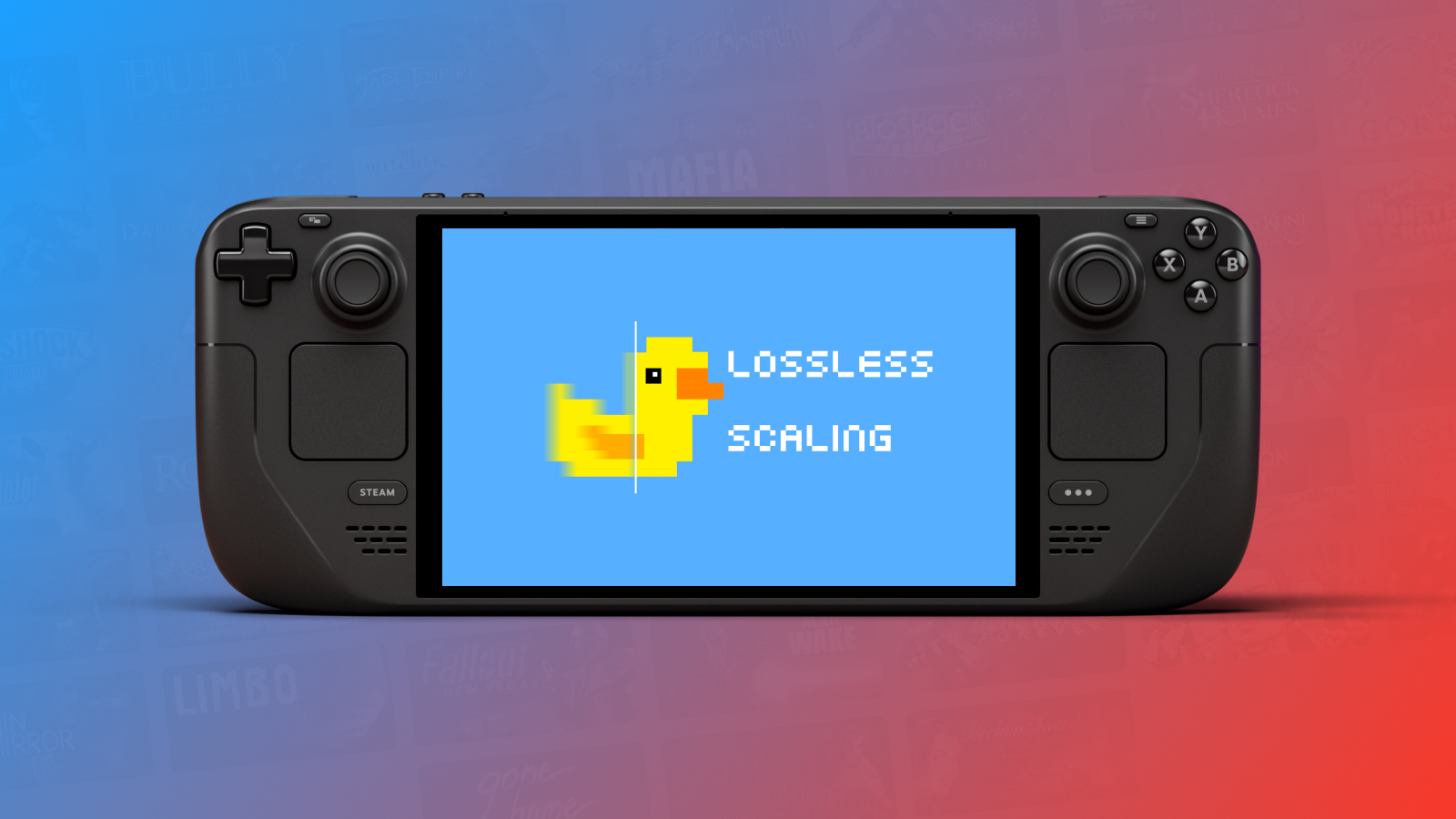This guide is based on the excellent video by Steam Flow:
“I DOUBLED My FPS on Steam Deck – Lossless Scaling SteamOS Setup Guide”
If you find this helpful, please check out his channel and consider subscribing. It’s a fantastic resource for Steam Deck users.
What is Lossless Scaling and LSFG-VK?
Lossless Scaling is a small utility on Steam that was originally built for scaling windowed and retro games. A more recent feature — frame generation — lets you boost FPS by generating interpolated frames in real time, similar to DLSS 3 or AMD Fluid Motion Frames.
This feature was previously Windows-only, but thanks to the open-source project lsfg-vk, it now runs on Linux and SteamOS, including on the Steam Deck.
Caution
This tool is experimental and work-in-progress. While frame generation works in many games, others may suffer from:
- Frame pacing issues
- Visual glitches
- Input latency
You’ll need to test and tweak settings per game.
Step 1: Purchase and Install Lossless Scaling
To use frame generation, you must purchase the paid version of Lossless Scaling from Steam. Free or demo versions will not work.
Step 2: Switch to Desktop Mode
On your Steam Deck:
- Press the Steam button
- Navigate to Power > Switch to Desktop
You’ll perform the installation from here.
Step 3: Install LSFG-VK
Open Konsole (terminal), then run this command:
curl -sSf https://pancake.gay/lsfg-vk.sh | shThis installs the lsfg-vk frame generation layer.
Note: This script is written for Arch Linux and SteamOS-based systems. It may not work on other distributions.
If the script finishes without errors, you’re ready for the next step.
For detailed instructions, troubleshooting, and setup info, visit the official Wiki. For community help, join the Lossless Scaling Discord.
To access Linux-related channels, you’ll need to verify your Steam account inside the server.
Please do not open GitHub issues unless you’re submitting a feature request. Use the
#linux-reportschannel in Discord for compatibility problems.
Step 4: Set Launch Options in Steam
To enable LSFG-VK in a game:
- Open Steam (Desktop Mode)
- Right-click the game > Properties
- Under Launch Options, add:
ENABLE_OSFG=1 LSFG_MULTIPLIER=2 %command%Explanation:
ENABLE_OSFG=1activates LSFG-VKLSFG_MULTIPLIER=2generates 1 additional frame for every rendered one (2x FPS)
You can experiment with 3 or 4, but 2 is the most stable for Steam Deck.
Optional performance tuning:
LSFG_FLOW_SCALE=0.75This internally scales resolution (similar to FSR). Lower values improve performance but reduce visual clarity. Try values between 0.65 and 0.9.
Performance Examples (from Steam Flow’s video)
- Ghost of Tsushima: From ~37 FPS to 60 FPS with stable gameplay
- Clear Obscure: From ~30 FPS to 60+ with good image quality at
FLOW_SCALE=0.65 - Cyberpunk 2077: Benchmark looked improved, but real gameplay felt inconsistent
Some input latency is expected, especially at higher multipliers. For most games, sticking to 2x is the best balance between fluidity and responsiveness.
Best Practices
- Do not combine LSFG with in-game frame generation (e.g., AMD Fluid Motion or DLSS Frame Gen)
- Use
LSFG_MULTIPLIER=2for best stability - Tweak
LSFG_FLOW_SCALEbased on the game’s demands and your preferences - Expect to experiment per title
Credits
This tutorial is based on the great work by Steam Flow.
Watch the full video:



Leave a Reply